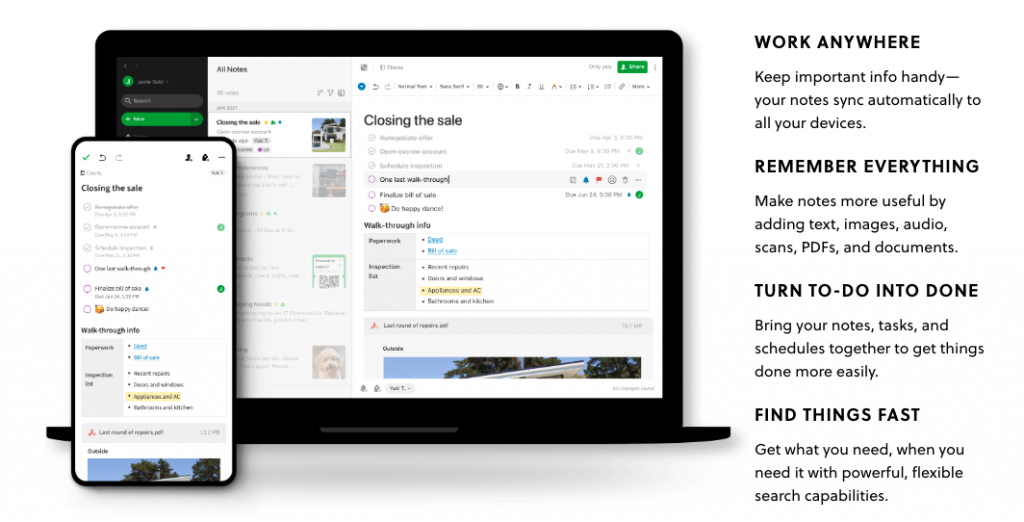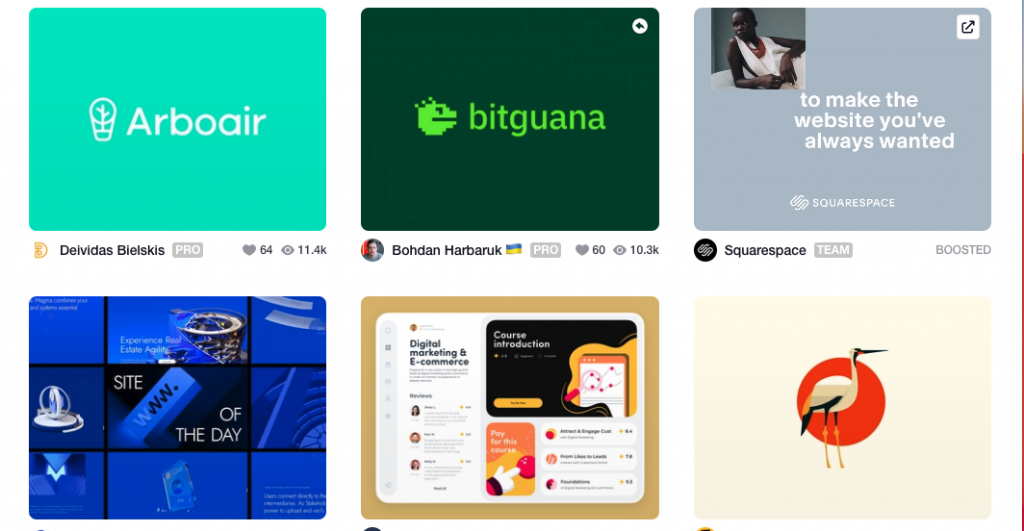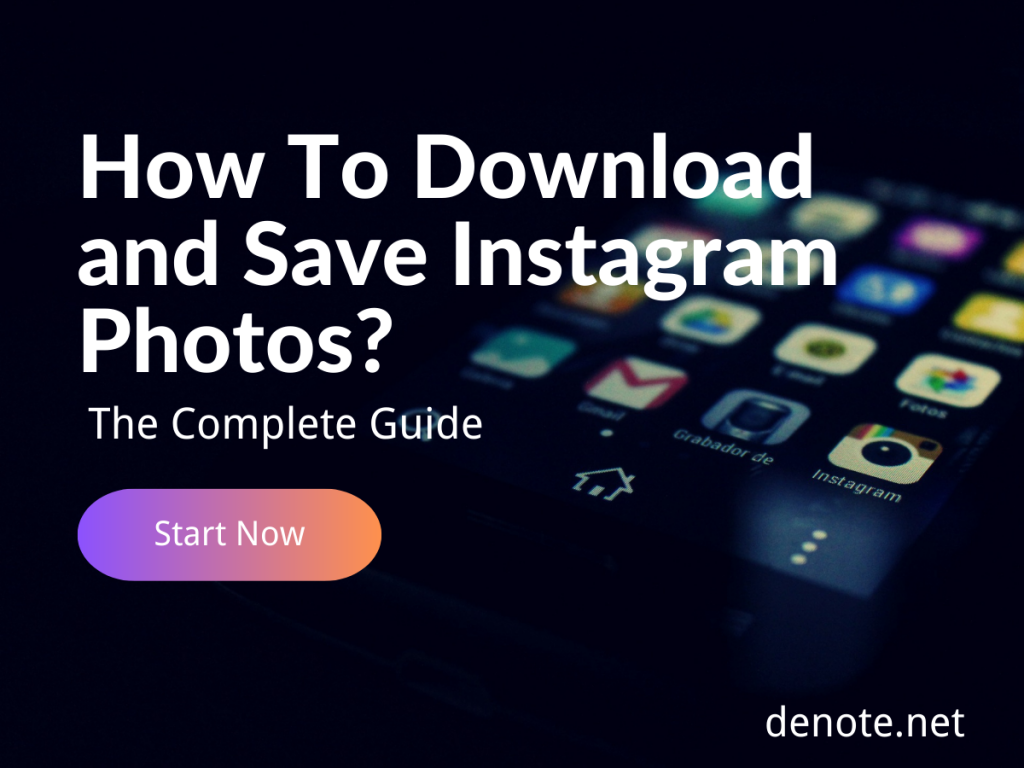10 Best Tools for Collecting and Managing Design Inspiration for Designers

Introduction
Designers rely on inspiration to fuel their creativity and produce remarkable work. However, finding and managing design inspiration can be a daunting task. To assist designers in collecting and managing their design inspiration more efficiently, we have curated a list of the top 10 tools. These tools will not only save you time but also enhance your creative workflow, enabling you to go from inspiration to decision seamlessly.
1. Denote (https://denote.net/)

Denote is a creative collaboration tool that enables designers to save ads from TikTok, Instagram, and Facebook Ad Library, accelerating the creative workflow.
Key features:
- Save ads from social media platforms: Capture and store ads directly from popular social media platforms, providing a rich source of design inspiration.
- Collaborative workspace: Collaborate with team members in real-time, share ideas, and make decisions efficiently.
- Visual organization: Easily categorize and organize saved ads and inspiration using an intuitive visual interface.
2. Pinterest (https://www.pinterest.com/)

Pinterest is a visual discovery platform that allows designers to create boards and save visual content to gather design inspiration.
Key features:
- Boards: Create boards to save and categorize design inspiration, making it easy to reference and revisit later.
- Search and discovery: Explore a vast collection of visual content related to your interests, helping you find new and diverse sources of design inspiration.
- Collaboration and community: Connect with other designers, follow their boards, and collaborate on shared projects, fostering a creative community.
3. Milanote (https://www.milanote.com/)
Milanote is a visual workspace designed for creative professionals to collect and organize design ideas and inspirations.

Key features:
- Mood boards: Create visual mood boards to gather and arrange design inspiration, allowing you to visualize ideas and concepts.
- Collaboration and feedback: Invite team members to collaborate on boards, share feedback, and iterate on design concepts.
- Notes and annotations: Add notes, comments, and annotations to your design inspiration, ensuring important details are captured and communicated effectively.
4. Figma (https://www.figma.com/)
Figma is a collaborative design tool that enables real-time design collaboration, prototyping, and creation of design systems.

Key features:
- Real-time collaboration: Work together with team members on design projects simultaneously, providing instant feedback and fostering seamless collaboration.
- Prototyping and design components: Create interactive prototypes and reusable design components, streamlining the design process and ensuring consistency.
- Design version control: Keep track of design iterations and easily revert to previous versions, maintaining a comprehensive design history.
5. Eagle (https://eagle.cool/)
Eagle is a design management tool that helps designers collect and organize visual assets for efficient design workflows.

Key features:
- Visual asset management: Organize and manage design assets, such as images, icons, and UI components, in a centralized repository.
- Custom tagging and searching: Easily find specific design assets using custom tags and powerful search capabilities, saving time and improving efficiency.
- Team collaboration: Collaborate with team members by sharing and syncing design assets, facilitating seamless collaboration and version control.
6. Evernote (https://evernote.com/)
Evernote is a versatile note-taking tool that allows designers to capture and organize design inspiration.

Key features:
- Web clipping: Capture web pages, images, and articles related to design inspiration and save them directly into Evernote for easy access.
- Cross-platform synchronization: Access design inspiration and notes from any device, ensuring you have your ideas at hand wherever you go.
- Organizational tools: Categorize and tag design inspiration, create notebooks, and use powerful search functions to find relevant content quickly.
7. Pocket (https://getpocket.com/)
Pocket is a bookmarking tool that allows designers to save and organize articles, images, and web content for design inspiration.

Key features:
- Bookmarking: Save articles, blog posts, and other web content related to design inspiration, making it easy to revisit and reference later.
- Offline access: Access saved content even without an internet connection, allowing you to review design inspiration anytime, anywhere.
- Recommendation engine: Discover personalized recommendations based on
your interests, helping you find new and relevant design inspiration effortlessly.
8. Muzli (https://muz.li/)
Muzli is a browser extension that curates design inspiration from various sources and presents them as a personalized feed.

Key features:
- Curated design feed: Get a personalized feed of design inspiration from various sources, including articles, UI patterns, and design trends.
- Design inspiration collections: Explore carefully curated collections of design examples and best practices, providing a wealth of inspiration for your projects.
- Integration with design tools: Connect Muzli with popular design tools like Figma and Sketch to streamline your workflow and access design resources directly.
9. Dribbble (https://dribbble.com/)
Dribbble is a community of designers sharing their work, process, and projects, providing a platform for inspiration and collaboration.

Key features:
- Showcasing work: Share your design projects with the community, receive feedback, and gain exposure in the design industry.
- Design inspiration feed: Discover high-quality design inspiration from other designers, including illustrations, UI designs, and animations.
- Design job opportunities: Find freelance gigs, full-time positions, and collaborations through the platform, expanding your professional network.
10. Canva (https://www.canva.com/)
Canva is a web-based design tool that offers a wide range of templates and design elements for creating and organizing design inspiration.

Key features:
- Ready-to-use templates: Choose from a wide range of professionally designed templates for various design projects, saving time and effort.
- Design customization: Customize templates with drag-and-drop functionality, allowing you to tailor designs to your specific needs.
- Collaboration and sharing: Share designs with team members, gather feedback, and collaborate on projects in real-time, enhancing collaboration and productivity.
Conclusion
By leveraging the key features of these 10 tools, designers can efficiently collect, manage, and organize their design inspiration. Whether it's capturing ads, creating mood boards, collaborating with teammates, or accessing curated design feeds, these tools empower designers to streamline their creative workflows and produce exceptional design work. Experiment with these tools to find the ones that best align with your specific design process and preferences.





